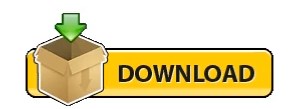
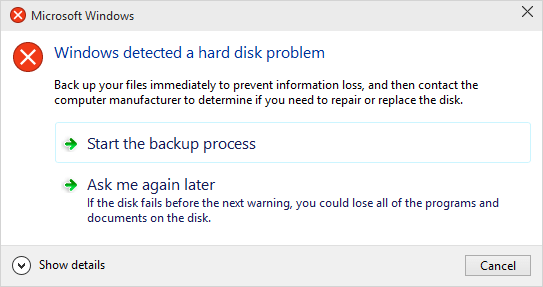
/x – The /x parameter forces the volume to dismount first, if necessary.r includes the functionality of /f, with the additional analysis of physical disk errors. /r – The /r parameter locates bad sectors and recovers readable information./v – The /v parameter displays the name of each file in every directory as the disk is checked.If CHKSDK cannot lock the drive, a message appears that asks you if you want to check the drive the next time you restart the computer. /f – The /f parameter instructs CHKDSK to actually fix errors on the disk.
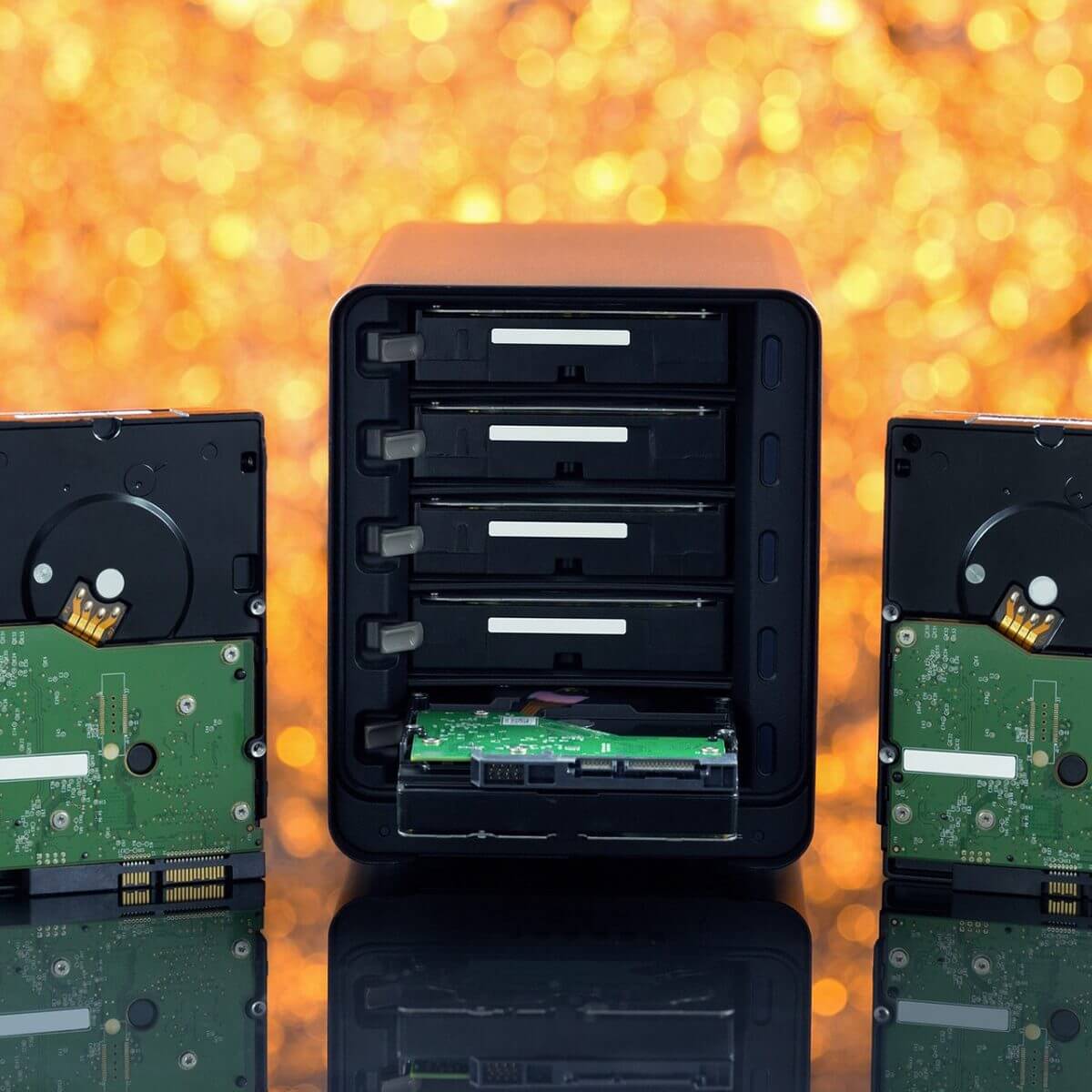
You can use the ? and * wildcard characters to specify multiple files. With Path and FileName, you can specify the location and name of a file or set of files that you want CHKDSK to check for fragmentation. – The Path and FileName parameters can be used only a drive using the FAT or FAT32 organizational models.– The Volume parameter allows you to specify a drive letter (with a colon) or volume name.Additional CHKDSK ParametersĬHKDSK has a large library of optional parameters that you can use to modify the program’s behavior. The “/x” parameter tells CHKDSK to dismount the drive (take it offline from the operating system) before the process begins.
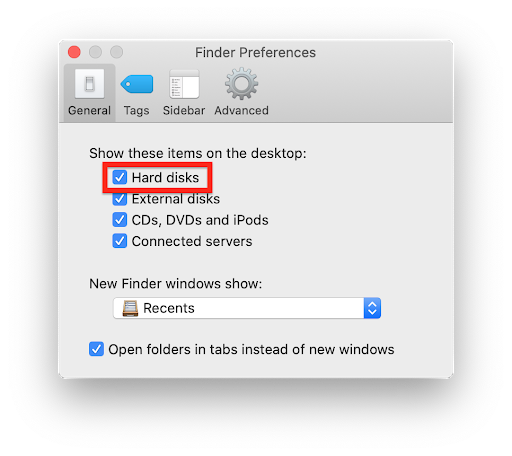
The “/r” parameter performs the same tasks as “/f”, which fixes errors on the disk, and also tells CHKDSK to locate any bad sectors and recover any readable information it finds there. In this case, to get CHKDSK to do a full scan and repair pass, we typed “ chkdsk c: /x /r“.
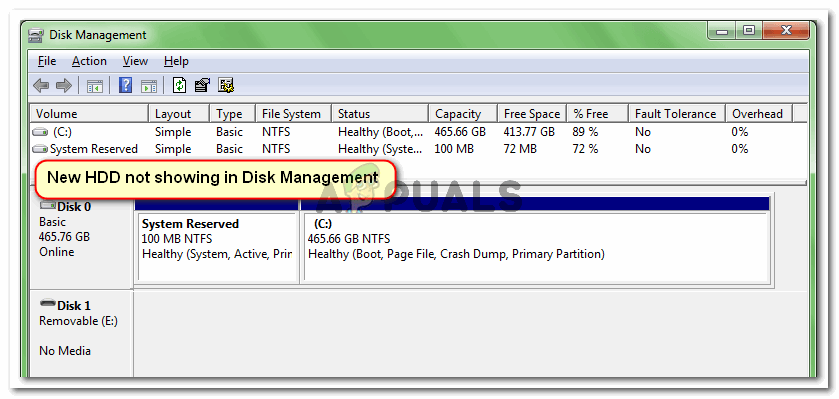
In a Windows PowerShell program, parameters are additional commands added to the end of the program name, with “/” characters before each parameter. That’s why, to run CHKDSK in a mode where it will actually fix problems that it encounters, you need to add several parameters. The basic invocation of CHKDSK, simply “chkdsk ”, will scan the disk and display status information, but it will not fix any errors that are encountered. Reboot into recovery mode to perform the scan or create a Windows Recovery Tool, to perform the process. If you’re having issues with running the above command because the drive is in use by another process, that because you’re trying to scan your primary drive (boot drive), when it’s being used by the OS.You can also type “ chkdsk /scan” to scan the disk online and attempt to repair it. Now, type “ chkdsk c: /x /r“, without the quotes, to dismount the drive, scan it for errors, and repair it.The next screen to appear is a User Account Control (UAC) window which will ask for permission to launch the Windows Command Processor and let it make changes to the PC.Right-click the Start menu and select, Windows PowerShell (Admin).


 0 kommentar(er)
0 kommentar(er)
